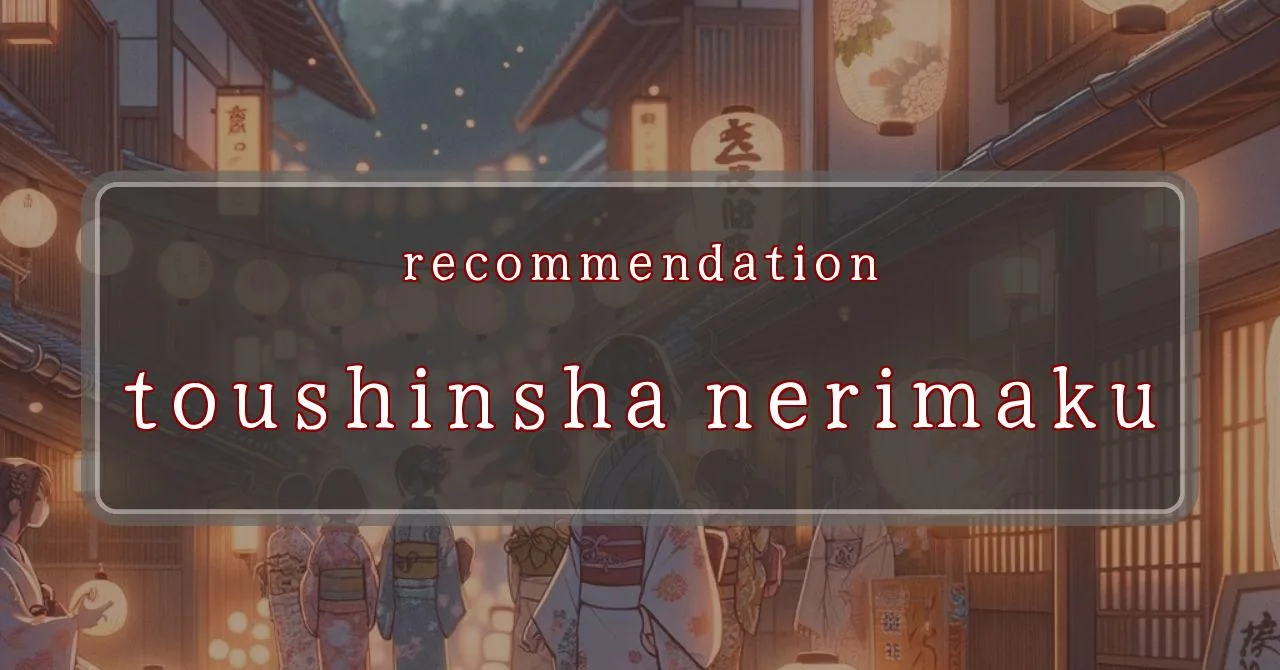Gleaming lights, vibrant festival
Basic Information
Here’s a detailed overview of the festival.
- Name:Access:
- 3-minute walk from Nerima Station on the Seibu Ikebukuro Line
- 7-minute walk from Nerima Station on the Toei Oedo Line
- Festival Days:
September 30th (Sat) and October 1st (Sun), 2023 (Reiwa 5)
Main Events and Attractions of the Festival
Here are the main events and attractions of the festival:
Mikoshi Procession
A mikoshi (portable shrine) is carried through the streets of Nerima, accompanied by music and dancing. The mikoshi is believed to be inhabited by the deity of the shrine, and carrying it is considered a great honor.
Kagura Performance
Kagura is a traditional Japanese dance and music performance that is often performed at Shinto shrines. The dances are said to bring good luck and prosperity, and the music is often very lively and energetic.
Food Stalls
A variety of food stalls are set up at the festival, selling everything from traditional Japanese dishes to international cuisine. There is sure to be something for everyone to enjoy.
Games and Activities
There are also a number of games and activities for children and adults alike, such as goldfish scooping, ring toss, and sumo wrestling. These games are a great way to have some fun and win some prizes.
Fireworks Display
The festival concludes with a spectacular fireworks display. The fireworks light up the night sky and create a truly magical atmosphere.
Blessings and Deities
The deity enshrined at Higashi Jinja is Amaterasu Omikami, the sun goddess and the most important deity in the Shinto pantheon. She is said to bring blessings of good health, prosperity, and success.
Origin and History
The origins of Higashi Jinja are unclear, but it is believed to have been founded in the early Edo period (1603-1868). The shrine was originally located in a different part of Nerima, but it was moved to its current location in 1872.
Tips and Notes for Visitors
- The festival is very popular, so it is advisable to arrive early to avoid crowds.
- There are a number of food stalls at the festival, so you can enjoy a variety of Japanese dishes.
- The festival is held rain or shine, so be sure to dress appropriately.
- There is a parking lot near the shrine, but it is limited. It is recommended to use public transportation or park in a nearby parking lot and walk to the shrine.
Parking Information
There is a parking lot near the shrine, but it is limited. It is recommended to use public transportation or park in a nearby parking lot and walk to the shrine.
Popular Stalls and Food Carts in Recent Years
| Type of Stall | Description |
|---|---|
| Takoyaki | A staple at Japanese festivals. Characterized by a crispy outside and a creamy inside. |
| Jaga Butter | A simple yet popular snack of hot potatoes lavishly topped with melted butter. |
| Baby Castella | Small castella cakes, sweet and fluffy treats enjoyed by children and adults alike. |
| Grilled Ayu with Salt | Fresh ayu fish grilled whole with salt, a savory taste of Japanese summer. |
| Shaapin | A unique gourmet item influenced by foreign cuisine, with a chewy skin wrapping the filling. |
| Okonomiyaki | A Japanese grilled dish where you often choose your own ingredients for a personalized flavor. |
| Cotton Candy | A fluffy, sweet snack that’s extremely popular with children. |
| Chocolate Banana | A banana coated in chocolate, a fun and visually appealing dessert. |
| Kushiyaki | Various types of ingredients skewered and grilled, an easy-to-enjoy snack. |
| Yakisoba | Fried noodles mixed with a special sauce, a fast food favorite in Japan. |



